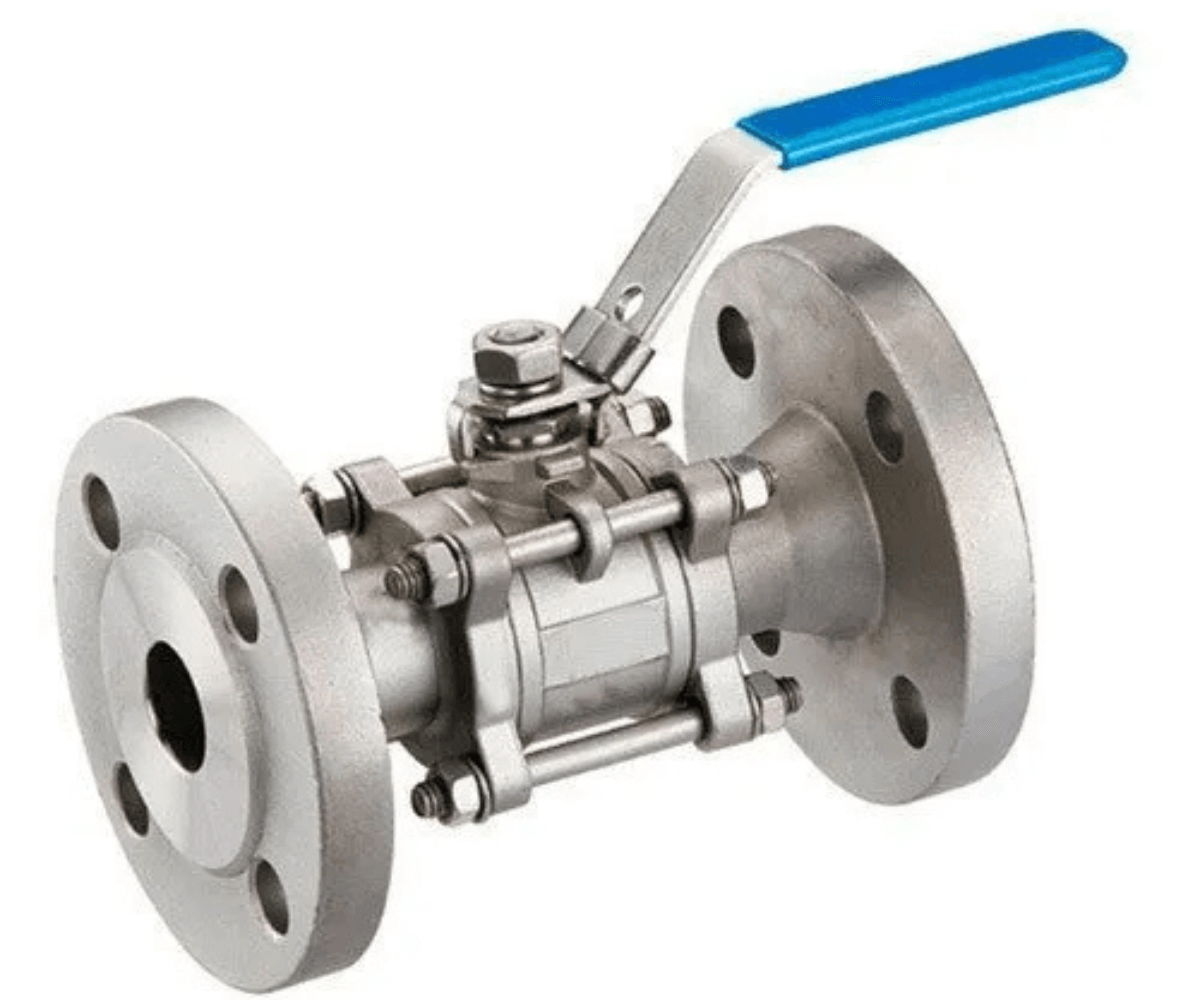Dungs Air and Gas Pressure Switch
The Dungs Air and Gas Pressure Switch is an advanced device designed to monitor and control the pressure of air and gas systems. With its precise and reliable performance, it helps maintain the safety and efficiency of combustion systems, HVAC systems, and other industrial applications requiring pressure regulation.
Key Features
- Precise Pressure Control: Provides accurate monitoring and regulation of air and gas pressure.
- Durable Construction: Built with high-quality materials to withstand harsh environments and provide long-term reliability.
- Wide Pressure Range: Suitable for various applications, covering a broad range of air and gas pressures.
- Adjustable Settings: Allows for customizable pressure set points, providing flexibility in different system requirements.
- User-Friendly Interface: Simple installation and easy-to-use settings for quick configuration.
- Safety Features: Includes automatic shut-off and alarm functions in case of pressure fluctuations, ensuring system safety.
- Corrosion-Resistant: Designed to operate effectively in tough conditions, even in corrosive environments.
Applications
- Gas Burners: Ensures stable operation of industrial gas burners by monitoring and controlling pressure.
- Boilers and HVAC Systems: Used for pressure monitoring in boilers, furnaces, and heating systems.
- Air Compressors: Regulates pressure in air compressor systems for consistent performance.
- Industrial Processes: Applied in processes that require precise air and gas pressure regulation, such as chemical and food processing industries.

